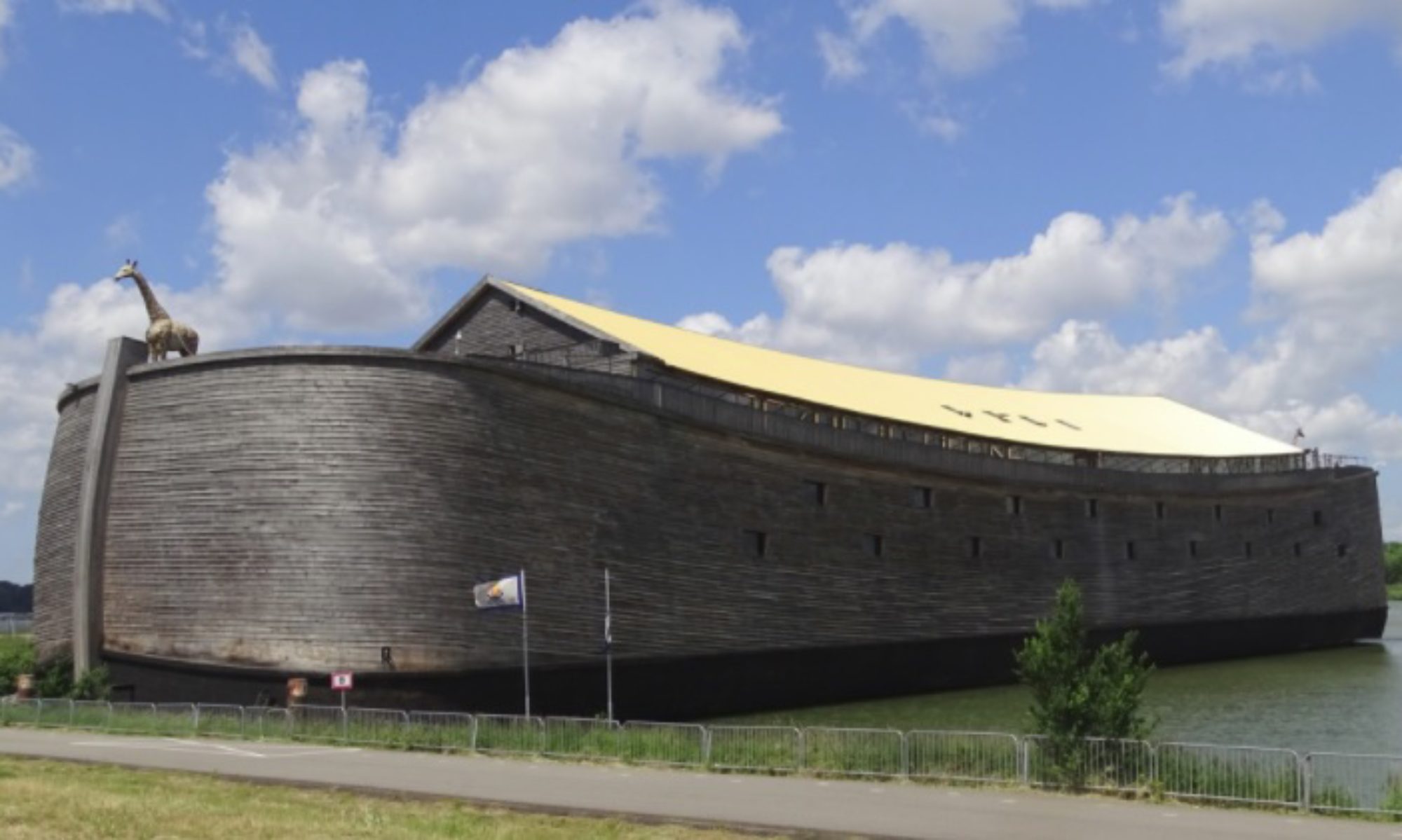Of course undue attention to the opinion of “tiny minorities” may be inappropriate in the biography of a living person (BLP), in an encyclopedia or similar publication; but with a giant like Wikipedia, there is an unspoken policy that resembles this: The virtual policy of “popular opinion rules.” This unofficial policy comes unavoidably from the nature of Wikipedia: an open platform for writing and editing.
I would not change Wikipedia; I would encourage knowledge and understanding of popular opinions in Western culture. Wikipedia makes many research projects much easier, but we need to remember that it comes mostly from writings of those who comply, at least to some extent, to popular models; concepts not based on standard axioms of developed nations are not portrayed in a positive light, in general, if they are portrayed at all.
So what do I suggest about Wikipedia? Use it when popular Western ideas are not a problem; do not use it to research something unorthodox at its roots. Of course, I am thinking about modern living pterosaurs. In particular, consider those Americans who have investigated eyewitness reports that suggest extant pterosaurs. Wikipedia has a somewhat informative page on the ropen; it includes informative reference URL’s as well (mostly quite positive towards researchers and investigators).
But the Wikipedia page itself tells us little about the investigators; it mentions names: “Carl Baugh, Paul Nation, Jonathan Whitcomb, David Woetzel, and Garth Guessman,” mentioning that they are American creationists who seek to “discredit mainstream scientific views on the age of the Earth.” As of July 19, 2010, almost nothing else is said about them, although Baugh has his own Wikipedia page (very negative about him, by standard BLP policies). So let’s now consider those three investigators who do not have their own pages on Wikipedia (Nation, Whitcomb, Woetzel, and Guessman), using CreationWiki:
As a living-pterosaur investigator, Paul Nation, of Granbury, Texas, conducted brief expeditions in Papua New Guinea in 1994 (with Carl Baugh), 2002, 2006, and early 2007 (Nation became involved in living-pterosaur expeditions because of his professional experience handling large ratites–flightless birds like ostriches–and their eggs). The earlier two expeditions were searching for the ropen of Umboi Island; the latter two, for the indava of the mainland interior.
While viewing an expedition video by Paul Nation, he noticed a high level of credibility in the testimonies of eyewitnesses of what is called the ropen of Umboi Island, Papua New Guinea. He then became involved in living-pterosaur investigations, exploring part of Umboi Island in 2004. Although he failed to see any ropen, he interviewed native eyewitnesses. In 2006, Whitcomb wrote the book Searching for Ropens. In it he criticizes the standard model of universal and ancient pterosaur extinction and criticizes the General Theory of Evolution.
David Woetzel, a New Hampshire businessman, is an active cryptozoology explorer, having searched for the Mokele Mbembe in Africa and the ropen in Papua New Guinea. His 2004 expedition to Umboi Island, with Garth Guessman and Jacob Kepas, resulted in detailed interviews with villagers. In addition, Woetzel himself saw what investigators believe was a bioluminescent ropen (a living pterosaur) one night as the distant glowing form flew behind a mountain. Like Whitcomb, Woetzel has written a scientific paper about living pterosaurs (both articles being published in the peer-reviewed Creation Research Society Quarterly).
Garth Guessman, of Southern California, explored (with David Woetzel and Jacob Kepas) Umboi Island, Papua New Guinea in 2004, searching for ropens. This resulted in one brief and distant sighting by Woetzel and in many formally conducted interviews with native eyewitnesses.
Guessman’s knowledge of Rhamphorhynchoid pterosaur fossils allowed him to notice an important clue about the ropen‘s classification. The two explorers learned that the native traditions describe the ropen‘s tail as being stiff, never moving except near where it connects to the body. Guessman recognized that this relates to the stiffening extension rods of Rhamphorhynchoid vertebrae: all but a few vertebrae are locked into stiffness; the few that are flexible are near where the pterosaur’s tail connects to the body.
Strange Flying Creatures — Lack of fairness from critics


